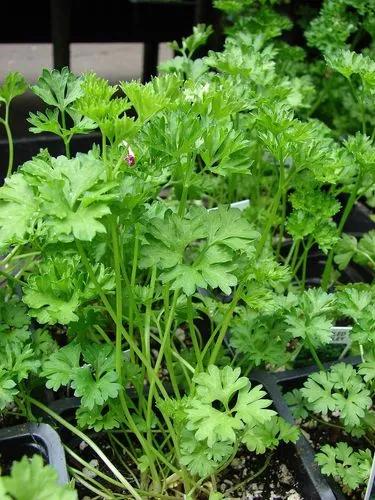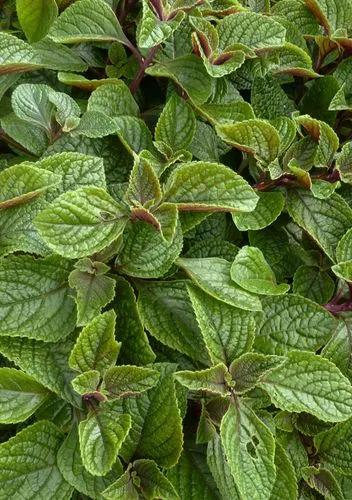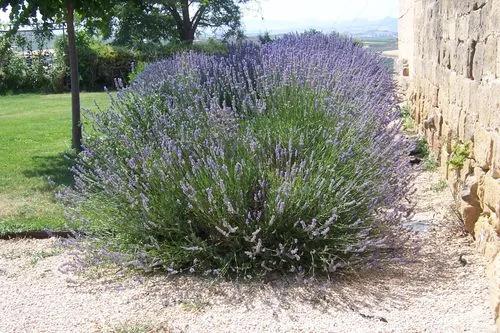Lepidium densiflorum is a annual/biennal growing to 0.5 m (1ft 8in). It is in flower from May to July. The species is hermaphrodite (has both male and female organs).
Suitable for: light (sandy), medium (loamy) and heavy (clay) soils. Suitable pH: acid, neutral and basic (alkaline) soils. It can grow in semi-shade (light woodland) or no shade. It prefers dry or moist soil.an introduced plant from southeastern Europe and Asia, is invasive throughout the western United States. It can establish in a wide range of environments and is a common problem in flood plains, irrigation structures, pastures, wetlands, riparian areas, roadsides, and residential site. Recent surveys identify perennial pepperweed as a weed problem in nearly all of California
Common Pepperweed Care
Lepidium densiflorum



Leaves - raw or cooked. A hot cress-like flavour, they are used in spring and early summer, the young leaves are best[9]. Immature seedpods - a hot pungent taste, they are used as a flavouring. Seed - used as a mustard-like flavouring. The pungency of mustard develops when cold water is added to the ground-up seed - an enzyme (myrosin) acts on a glycoside (sinigrin) to produce a sulphur compound. The reaction takes 10 - 15 minutes. Mixing with hot water or vinegar, or adding salt, inhibits the enzyme and produces a mildly-pungent but bitter mustard.The leaves have been chewed in the treatment of headaches. An infusion of the plant has been used in the treatment of kidney problems. It has also been used as a dietary aid for a person trying to lose weight.Perennial pepperweed is a member of the mustard family, Brassicaceae. Stems range from 2 feet to over 4 feet tall. Mature plants have numerous erect, semi-woody stems that originate from large, interconnected roots. Roots are long, minimally branched, and enlarged at the soil surface forming a semi-woody crown. The foliage is smooth and green to gray-green in color. Rosette leaves are ovate to oblong with smooth to slightly toothed margins on long stalks. Rosette leaves are about 4 to 11 inches long and 1 to 3 inches wide. Stem leaves attach directly to the base of the plant, are shaped like a lance with smooth to toothed margins, and become smaller toward the top of the stem. Small, white flowers form dense clusters arranged in panicles at the tip of each stem. Perennial pepperweed is often confused with hoary cress (Cardaria draba), also called whitetop. However, unlike the taller perennial pepperweed, hoary cress stems are less than 3 ft tall and have leaves that clasp the stem and lack an obvious stalk.
This plant is useful.
How to get rid of:
Seedlings are easily controlled by hand pulling or tillage, but these techniques do not control established plants because shoots quickly resprout from the vast root reserves. Root segments as small as 1 inch are capable of producing new shoots. Perennial pepperweed is less affected by tarping and solarization than annual species due to its large perennial root structure. Research with tarping has been inconsistent. The best control with tarping was obtained using thick, black plastic secured over the infested area for two growing seasons. Mowing and tilling the site before tarping can improve control compared with mowing and tarping alone. It is important to extend the plastic tarp at least 10 feet on all sides of the infested area as creeping roots can spread laterally up to 10 feet. Tent solarization can be used to kill seeds and roots after hand pulling if disposal of pulled plants is not possible.
How to Care for the Plant

Popularity

68 people already have this plant 10 people have added this plant to their wishlists
Discover more plants with the list below
Popular articles






